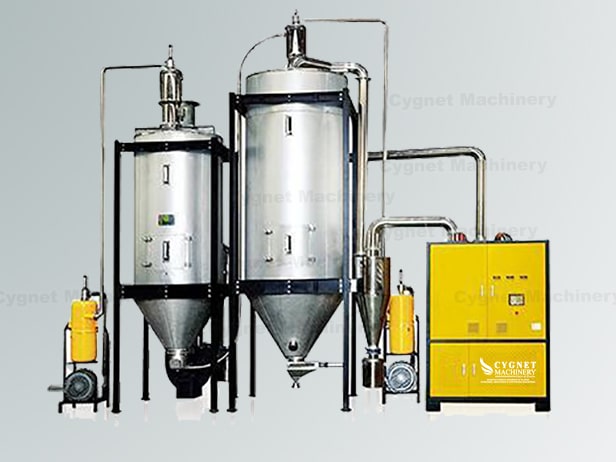One effective and adaptable way to turn raw plastic materials into a variety of useful goods is through plastic processing. The procedure usually has multiple crucial stages, commencing with the gathering of unprocessed plastic resins. These resins can come from a number of materials, such as recycled plastic, natural gas, or petroleum. After being gathered, the plastic resins are melted and heated to a pliable state, usually via extrusion or injection molding. Using molds or dies, the plastic material is molded into the appropriate shape after the first melting stage.
In order to create items with precise dimensions and designs, this phase is essential. Depending on the intended use, the cooled and hardened plastic product is subsequently put through finishing procedures, including cutting, polishing, or assembly. One benefit of plastic processing is that it may be applied to a wide range of industries, including consumer goods, automotive, and packaging. In order to improve the final product’s qualities, the technique also permits the addition of chemicals like reinforcements or colorants. Even though plastic processing is economical and convenient, it’s crucial to consider the environmental effects of plastic waste. The industry is aggressively investigating innovations like biodegradable polymers and improved recycling efforts to minimize the ecological imprint of plastic processing as sustainability becomes an increasingly important concern.

Plastic bag making machine manufacturers in ahmedabad, plastic converting machine exporters, plastic converting machine supplier, plastic extrusion machine exporter, plastic extrusion machine manufacturers, plastic extrusion machine supplier, Plastic PE Film Waste Washing Line, plastic processing machine manufacturers, Plastic Stretch Film Making Machine, Plastic Sutli Making Machine, plastic washing plant exporter, Plastics Converting Machinery manufacturer, PP Plastic Article Waste Washing Line
